Error E1 – Samsung washing machine
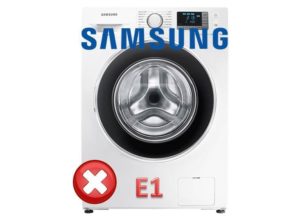 An E1 error in a Samsung washing machine can be a very unpleasant surprise, especially when the basket is full of dirty laundry, and your favorite “home assistant” doesn’t want to do the laundry. What to do in such a situation? Do you really have to get out a basin, hand washing powder and a washboard? Let’s not rush into this, first we’ll figure out the reasons for the error, decipher it and try to fix the automatic washing machine with our own hands, and then we’ll always have time to return to the old-fashioned washing methods.
An E1 error in a Samsung washing machine can be a very unpleasant surprise, especially when the basket is full of dirty laundry, and your favorite “home assistant” doesn’t want to do the laundry. What to do in such a situation? Do you really have to get out a basin, hand washing powder and a washboard? Let’s not rush into this, first we’ll figure out the reasons for the error, decipher it and try to fix the automatic washing machine with our own hands, and then we’ll always have time to return to the old-fashioned washing methods.
The moment this code appears
Strictly speaking, error E1 can appear on the display or control panel of a Samsung washing machine at any stage of the washing program. There have been cases when it appeared immediately after turning on the washing machine, but this is rather an exception to the rule. Typically, in 90-95% of cases, the E1 code appears at the following stages of the washing program:
- during preparation for washing, when the washing machine begins to draw water and wash off the powder from the powder receptacle;
- during preparation for rinsing, when the washing machine begins to draw clean water;
- during the re-rinse, if your washing machine has this function.
To determine the E1 error on the control panel of a Samsung washing machine that does not have a screen, you need to pay attention to the burning and flashing lights. If you see that the LED opposite the cold water sign is on, and the LEDs opposite the washing modes are blinking, this is error E1.
Let us also draw your attention to this point. Error E1 has many analogues. This is all due to the fact that different models of Samsung washing machines have different self-diagnosis systems with their own code system.In particular, codes 4E, 4C and CH have a decoding similar to the E1 error. Moreover, 4E, 4C and CHE completely replaced the E1 error on new Samsung washing machines, so the E1 code generally does not occur on machines manufactured after 2013.
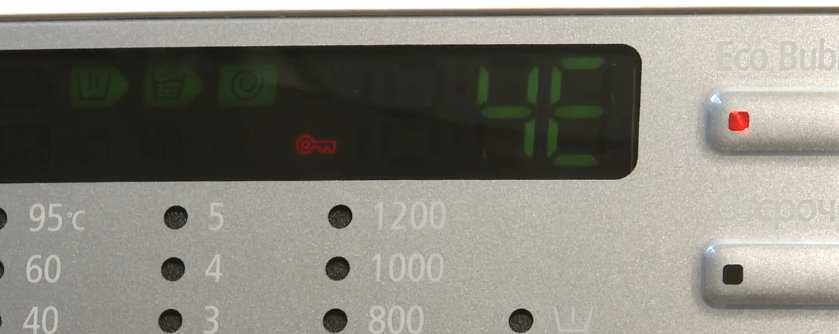
What does it mean and why does it appear?
All the error codes we have indicated, namely E1, 4E, 4C and EC, are deciphered in exactly the same way - problems with collecting water into the tank. At first glance, everything seems simple, however, there can be quite a few reasons for this “behavior” of a washing machine. There are breakdowns, user errors, and trivial short-term failures. Let's try to list these reasons and draw certain conclusions.
- There is no water in the tap. A Samsung washing machine will not be able to draw water if it is not in the water supply. Utility workers quite often turn off the water unexpectedly, so this may well coincide with the moment you are about to do laundry.
- The water is turned off. It may also turn out that you simply forgot about the closed tee tap, which is usually installed in front of the inlet hose. In the article Selecting and installing a tee tap for a washing machine You can read about such faucets in detail.
- Errors E1, 4E, 4C and CHE may indicate that the Aquastop system is triggered, unless, of course, your Samsung washing machine is equipped with such a system. The vast majority of modern washing machines are equipped with similar devices that protect against leaks, so you need to check them first.
To determine whether your Samsung washing machine is equipped with a leak protection system, take a look at its inlet hose. If it looks like the picture below, then there is definitely protection.
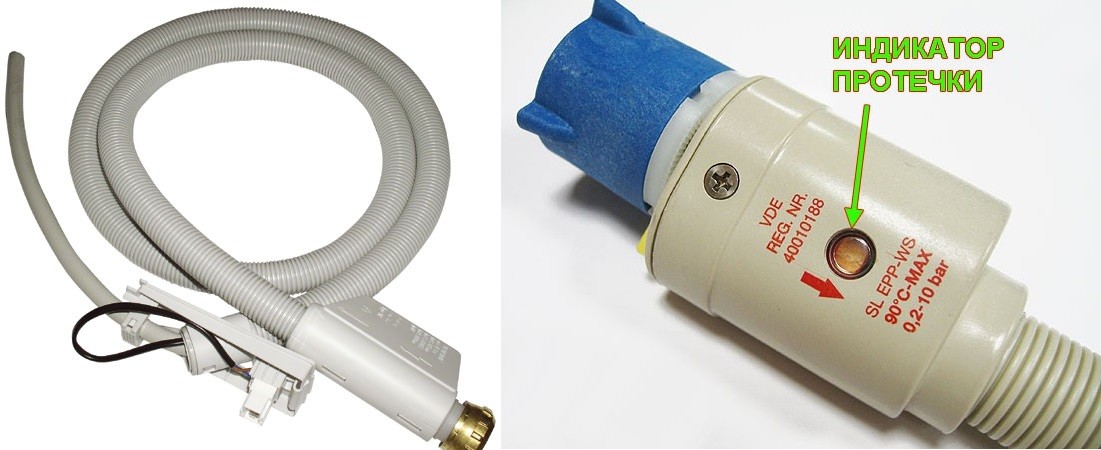
- Inlet valve filter clogged.There is a small mesh in the inlet pipe of the inlet valve, to which the inlet hose is screwed. This mesh often becomes clogged due to lime deposits and other debris carried by water, and water flows through this clog very slowly. As a result, we see error E1 or its analogues on the display.
- Short-term failure in the control module. Usually this problem solves itself after rebooting the washing machine, and the E1 code appears no more than 1-2 times and then does not appear again.
- The contacts have oxidized or the wiring supplying the intake valve has burnt out (frayed). Such a problem can cause not only an E1 error, but also a dangerous short circuit that threatens not only the washing machine, but also you.
- The inlet valve is burnt out. This malfunction is accompanied by error codes E1, 4E, 4C and CH also quite often. A burnt valve is not able to open and close, so the error in such cases appears on the display almost at the very beginning of the washing program.
- There were serious problems with the electronics. If water gets on the control module of a Samsung washing machine or it is exposed to a short circuit or there is a manufacturing defect, the machine may “swear” with any errors, including E1. To diagnose a problem with the electronic module, you need to contact a specialist.
Eliminating the causes of the problem
What remains for us to talk about is the methods and features of eliminating the most basic causes that generate the E1 error and its analogues. Let's start with the damaged Aquastop hose. The picture we posted above clearly shows how to identify a damaged hose that is protected against leaks. There is a special indicator on its block that shows whether the leakage protection has worked or not.If the protection has worked, the hose must be replaced.
The intake valve strainer is also quite easy to clean. First, turn off the tee valve. Unscrew the inlet hose from the washing machine. We remove the filter mesh from the junction of the hose and the housing, put it in a slurry of citric acid for half an hour (2 tablespoons of lemon + 3 tablespoons of water), then rinse it with a stream of water and put it in place. We screw on the inlet hose and open the water, error E1 should then disappear.
If there are problems with the inlet valve power wires or the inlet valve itself, you will have to partially disassemble your Samsung washing machine to fix it. We completely disconnect the washing machine from communications, open the top cover and find the inlet valve under it. We check the wire going to it visually and using a multimeter. We use the same device to check the valve itself; if it is faulty, it needs to be replaced. You can read how to do this in the article. Inlet Solenoid Valve for Washing Machine.
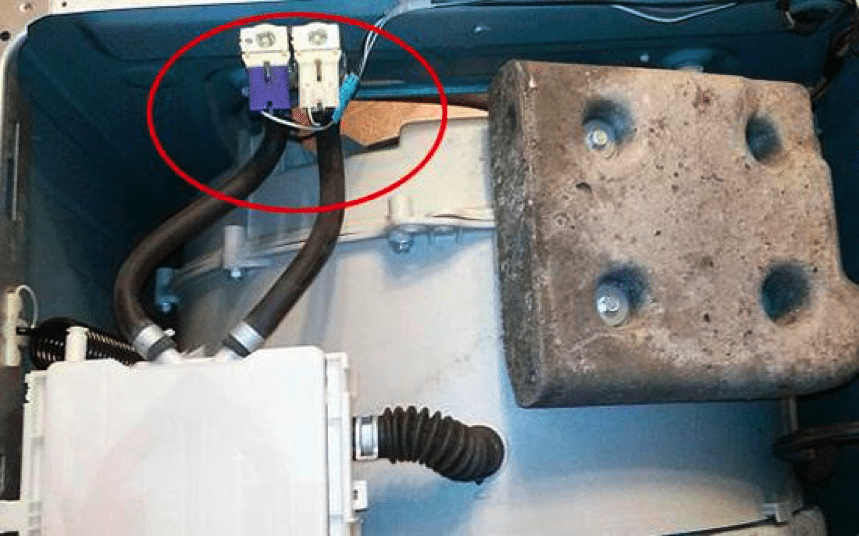
Finally, I would like to once again mention the malfunction of the control module. We, of course, hope that this problem will bypass you, but if you still encounter a similar problem, do not even think about making repairs yourself. If you are not an experienced electronics engineer, it is better to entrust this work to professionals, so as not to strain the family budget with even more expensive repairs.
In conclusion, we note that if you suddenly see that your Samsung washing machine has stopped and does not want to work, and two E1 symbols are lit on its display, know that the washing machine cannot pour water into the tank.You still have to figure out what this is connected with, but we hope that this publication will make it easier to find the problem and solve it. Good luck!
Interesting:
1 reader comment

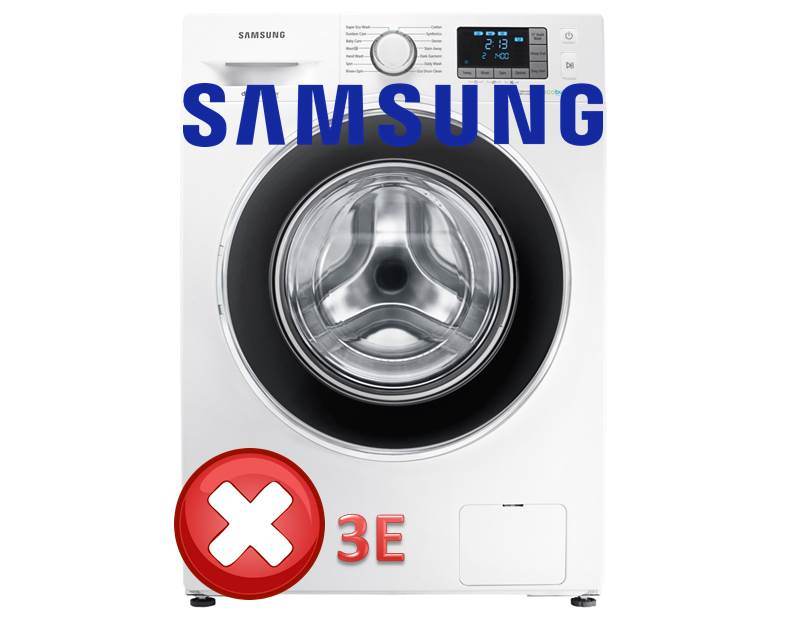

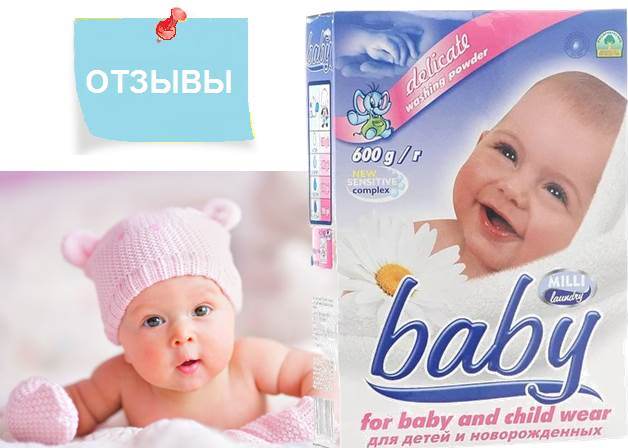
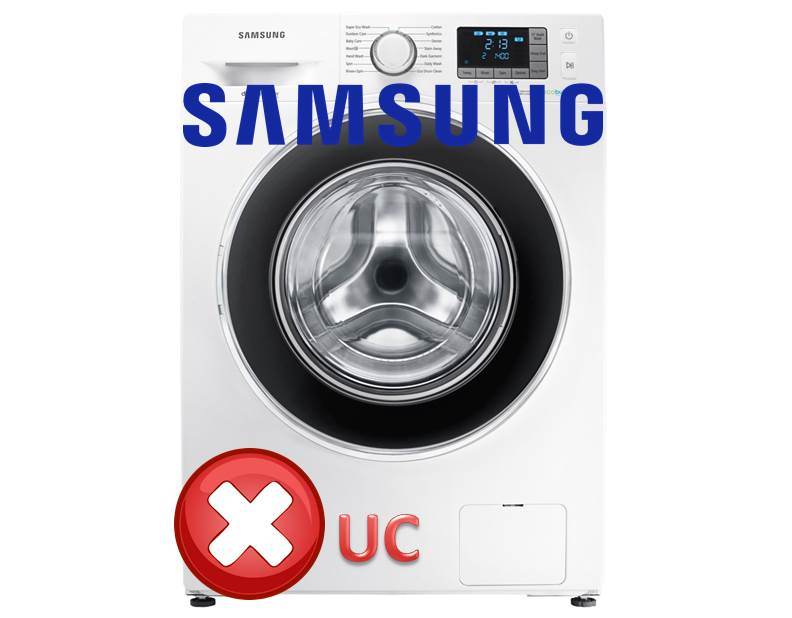
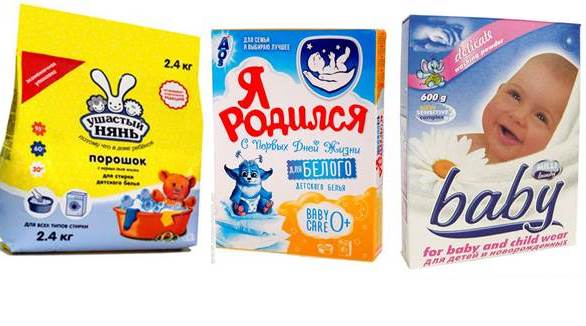
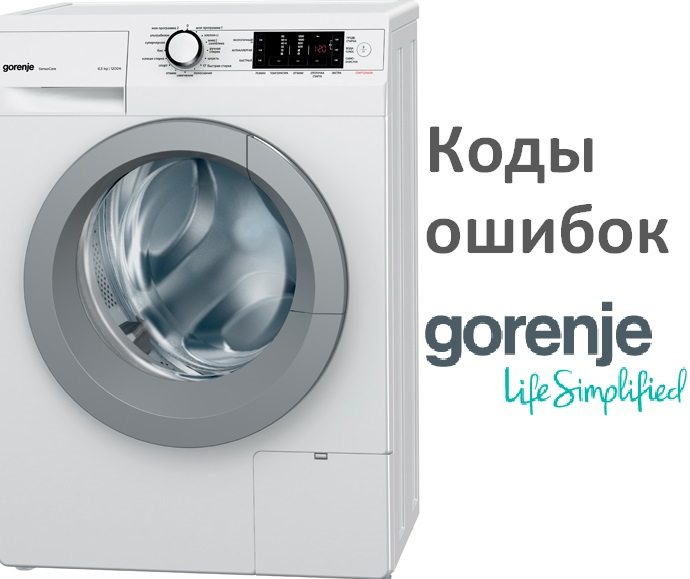


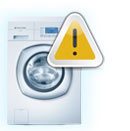
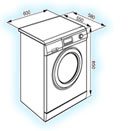


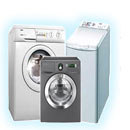
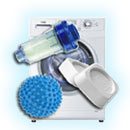


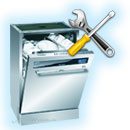
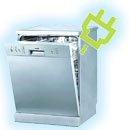
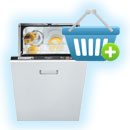
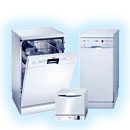
Stupidly pull off the hose from the bunker replenishment pressure sensor